Of all the books and stories I’ve loved, one stands out as a near perfect Halloween tale for me. It’s old, yet rich with descriptions and characters, moods and smells, colors and sounds, myths and hauntings. All the tastes of the season that Autumn-thinkers appreciate.
The Legend of Sleepy Hollow.
It’s a book I’ve wanted to illustrate for so very many years. In childhood, I first found the story in a book of Shirley Temple’s Book of Fairytales my parents gave me. I didn’t read the short story because the illustrations by Arthur Rackham scared the snot out of me. I had nightmares just looking at those creepy, goblin-filled trees and weirdly distorted fairies. (It didn’t take much to give a kid nightmares if he grew up in a slightly haunted house as I did.)
Years later, and at the beginning of my career, a good friend and mentor, Gary Kelley, ten years ahead of me in the illustration pipeline, got a chance to illustrate the famous tale by Washington Irving. Watching him further develop his now famous pastel technique by applying his formidable design skills to the story was enlightening and enviable. (As an artist you really need to check out this children’s book to understand how great illustration, when done that well, expands on the story itself and adds new dimension to it.)
Close to forty years later, after many trials and failures, confusion and successes, my work caught the eye of the folks at Fablelistik. A start-up division of Macmillan Books, they had settled on Sleepy Hollow as their debut limited edition. They reached out to ask if I’d be interested.
Does a Jack o’Lantern glow orange? Do witches ride broomsticks? At this point in my career, I was certainly ready. I accepted gladly. Then it dawned on me…how was I to come close to creating visuals after all the great paintings done over the decades? I might’ve just committed illustration suicide.
But as it was necessary to reread the story, I thought that my advanced years and experience might provide a way for me to express my own vision. I read it over and over again, even listening to audio versions and then reading it again. I researched as many illustrated books as I could find, ending up with stacks checked out from the local library. I submerged myself in everything Sleepy Hollow.
“… but just as they came to the church bridge, the Hessian bolted, and vanished in a flash of fire.”
I even met with the publisher, Taylor Armstrong, and the creative director, Chris Sergio, at Washington Irving’s house, Sunnyside, outside Tarrytown, New York, and then drove down the road and traipsed all over the Sleepy Hollow cemetery surrounding the same church that was there when Irving wrote the tale. We visited Irving’s family gravesite and walked over the very bridge that the Headless Horseman chased Ichabod across.
I was able to dig deeper into the tale by reading about the local history of the area and learning of the attitudes at the time about the superstitions and legends that breathed life into the quiet hills. There was a witch, known as Mother Hulda, who lived in the woods outside of town that actually partook in a local Revolutionary War battle and was said to be an excellent shot. She’s buried in the same cemetery as the Hessian soldier whose head was taken off by a cannon ball during the same fight. (Researchers think they’ve found the actual soldier in a ship’s manifest that carried Hessian mercenaries to America to fight in the war.)
So where was I to start? Thumbnail sketches, of course. I jumped right to the rearing horseman with his pumpkin missile. None of us were sure that starting with the money shot should be the way to introduce the edition, but everyone agreed it made sense to make a dramatic expression of our excitement for the story.
I perused the story, line for line, absorbing the mood that Irving seemed to convey so comfortably. He was writing in a time when the legends seemed to ooze out of his surroundings. I found many intriguing references to the spooky landscape and shadowy folklore that populated the Dutch townspeople’s vivid imagination.
From there I explored many typical ideas related to the tale that have been done so often. These initial exploratory thumbnail sketches led me to new ideas, more unique to my own expression.
The Churchyard Spectre
I love the description of the legend early in the story. It sets us up to know that the Horseman rides out each night in search of his head and “…that the rushing speed with which he sometimes passes along the Hollow, like a midnight blast, is owing to his being belated, and in a hurry to get back to the churchyard before daybreak.” I’ve painted the actual Old Dutch Church, in the piece, that still stands today.
Andre’s Tree
Major Andre was caught on the road to Sleepy Hollow and hanged as a British spy from an old poplar tree on October 2nd, 1780. It has a white scar that runs down the trunk from being stuck by lightning. Even the tree becomes a character in Irving’s tale.
The Horseman Flies
Many characters have witnessed the Horseman on the roads and one fellow tells of a time when he galloped alongside the spectre… “until they reached the bridge; when the Horseman suddenly turned into a skeleton, threw old Brouwer into the brook, and sprang away over the tree-tops with a clap of thunder.”
Headless Horseman
I feel that the Horseman is spookiest when he’s very close. So Chris and I worked it out that when the reader turns the page, they are effectively confronted by the presence of the Horseman. An in-your-face moment.
Horseman On Fire
I’ve never seen artists depict this expression of the legend, although Rackham did get close in one of his ink drawings, “… but just as they came to the church bridge, the Hessian bolted, and vanished in a flash of fire.”
Ichabod
Katrina
Brom Bones
I filled an entire October sketching and dreaming up images for my version of Irving’s tale. It felt as if I were adding to the history of the story and the history of the Hudson Valley. Was I satisfied with the paintings? Certainly so. Could I have continued painting more? I’m not sure I can ever capture the perfect overall image for such a rich, visual telling of the dark mysteries that surround Sleepy Hollow. But that’s perhaps the best way to leave it. Plenty of room for retelling and revitalizing its rich legacy.
Fablelistik Editions has announced the edition and it is available for purchase through the website.
Each year I wait to feel the change from dry Summer to crispy Autumn when that first cool wind carries the distant aroma of coming storms, and the gloom it brings along with it. Perhaps our memories are even better at recalling favorite times and treasured moments and enhancing them. Maybe we preserve just the right conditions in our minds to revitalize the feeling of having been somewhere. It seems this might’ve worked for the author. He wrote The Legend of Sleepy Hollow while homesick, living for a time in London.
I think Washington Irving encapsulated something he cherished, and thereby, preserved it for generations.
Old Ichabod Returns


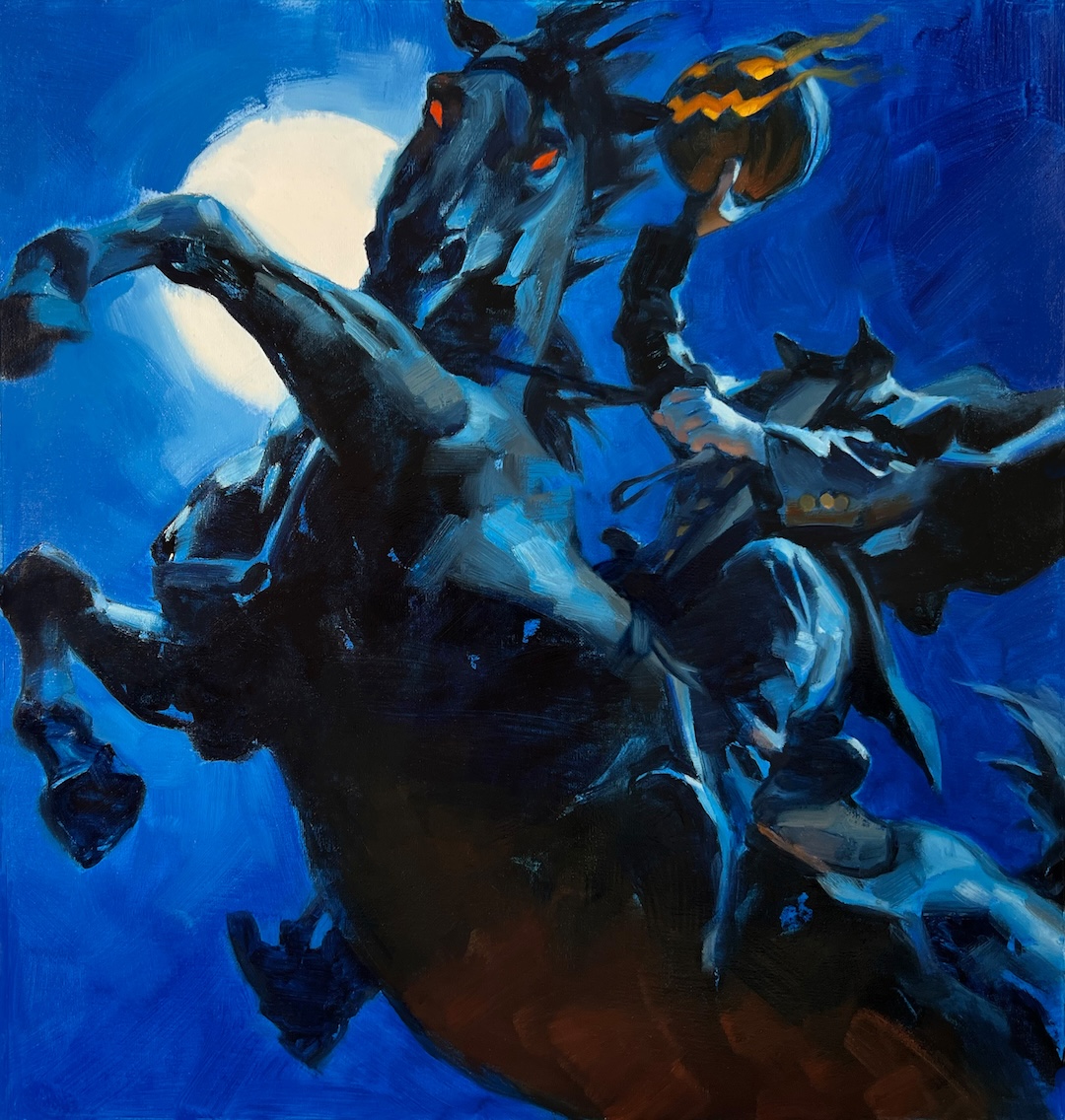
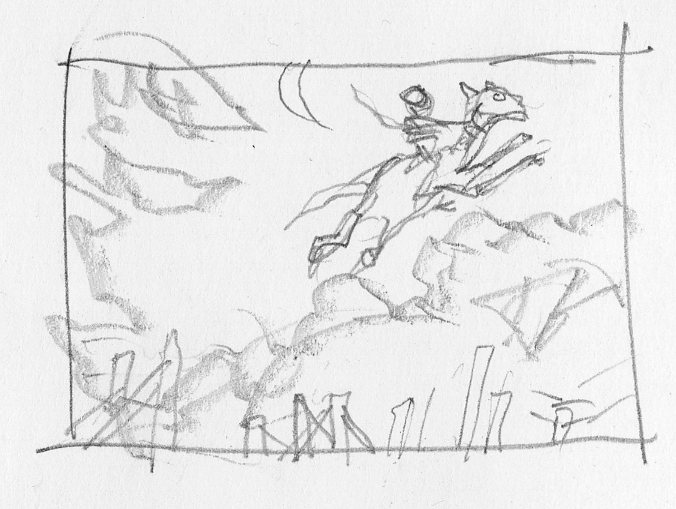
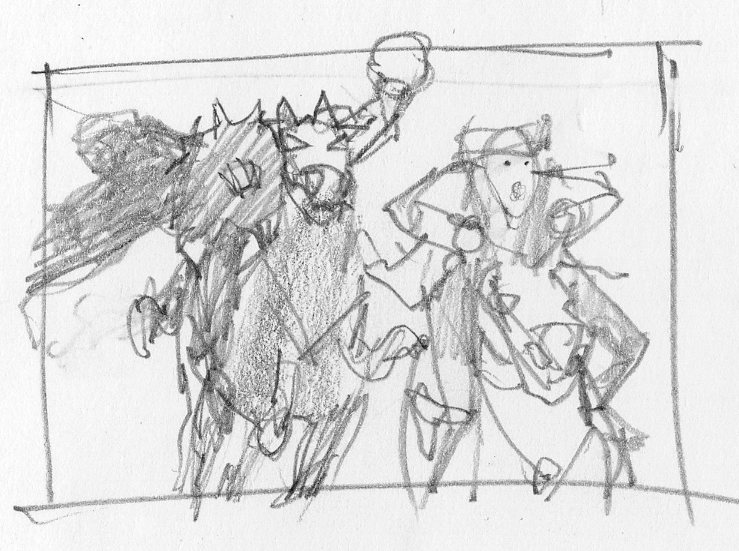
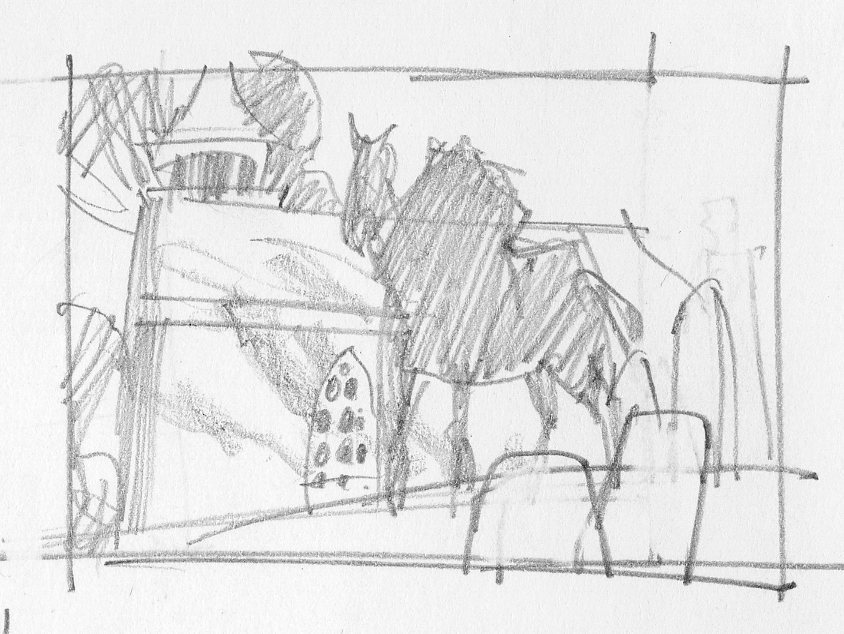
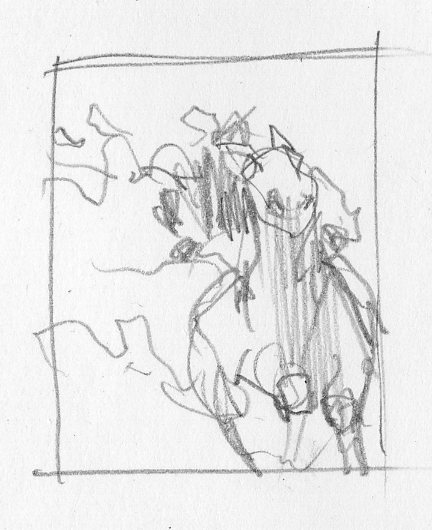
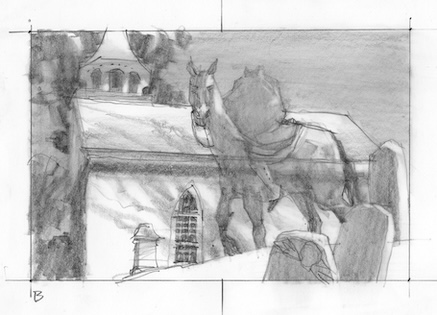
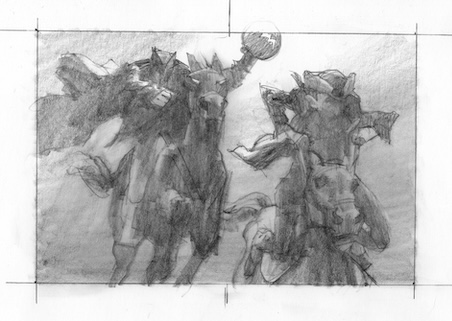
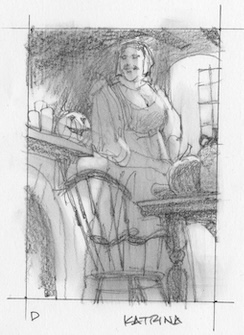
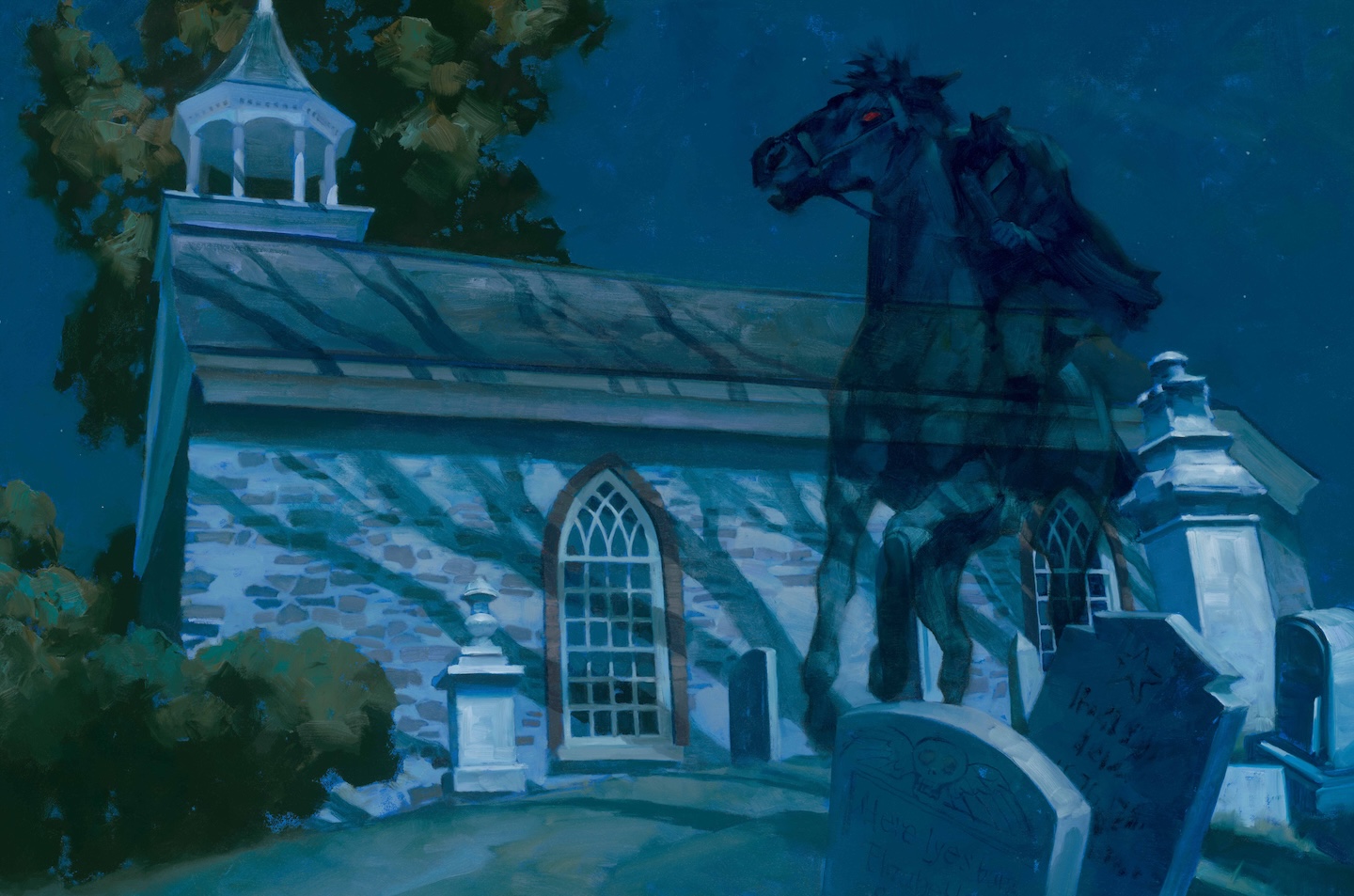
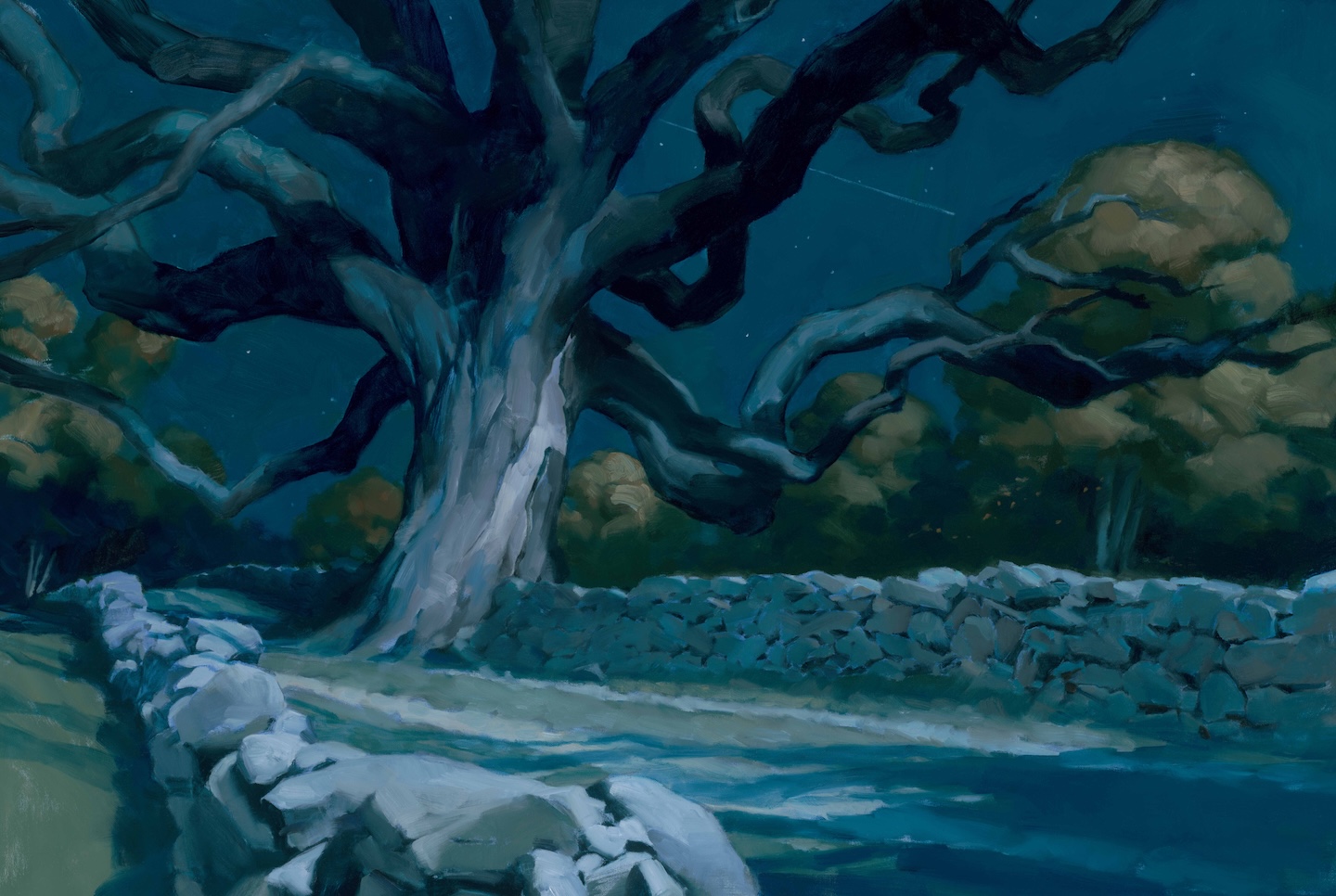
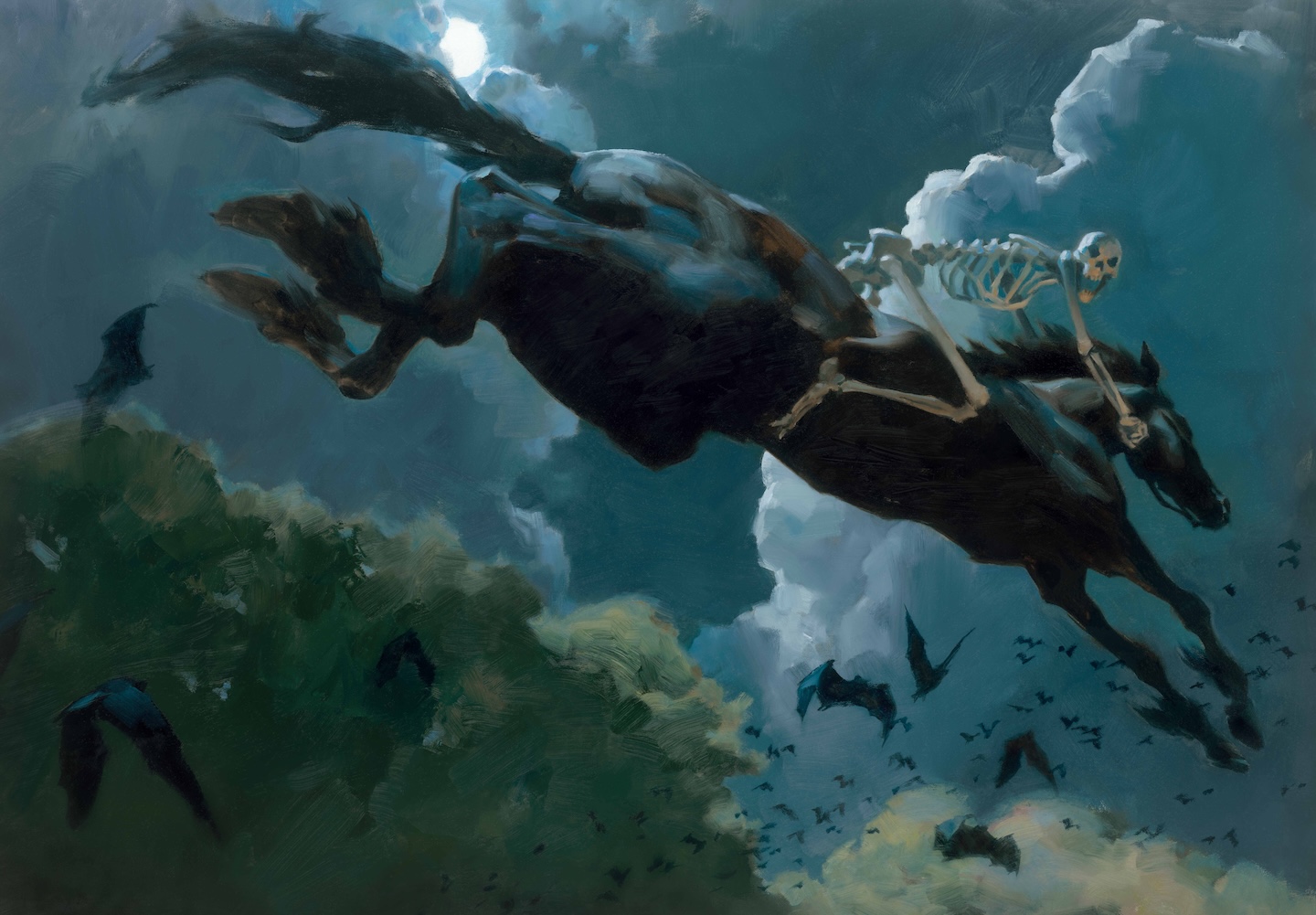
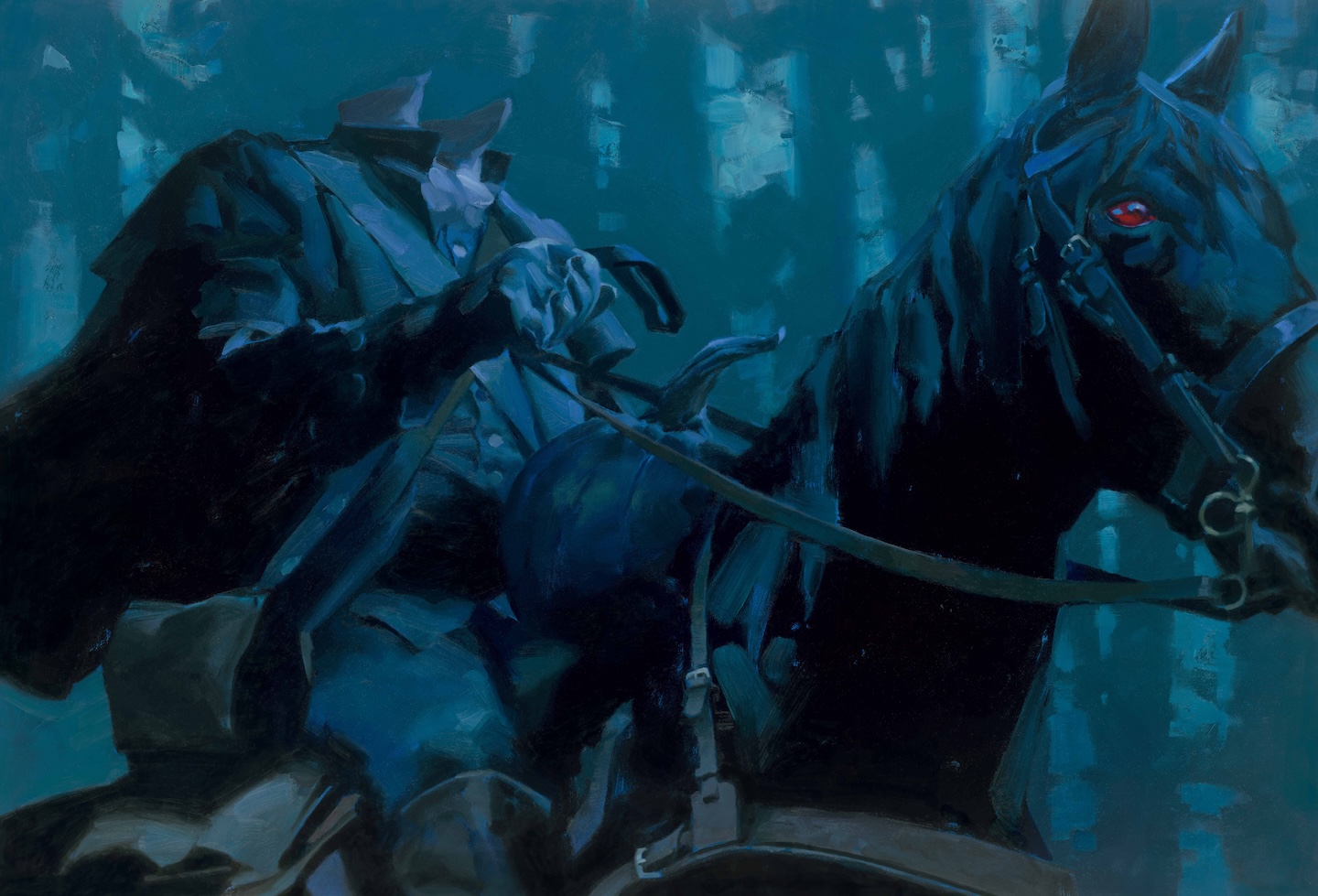
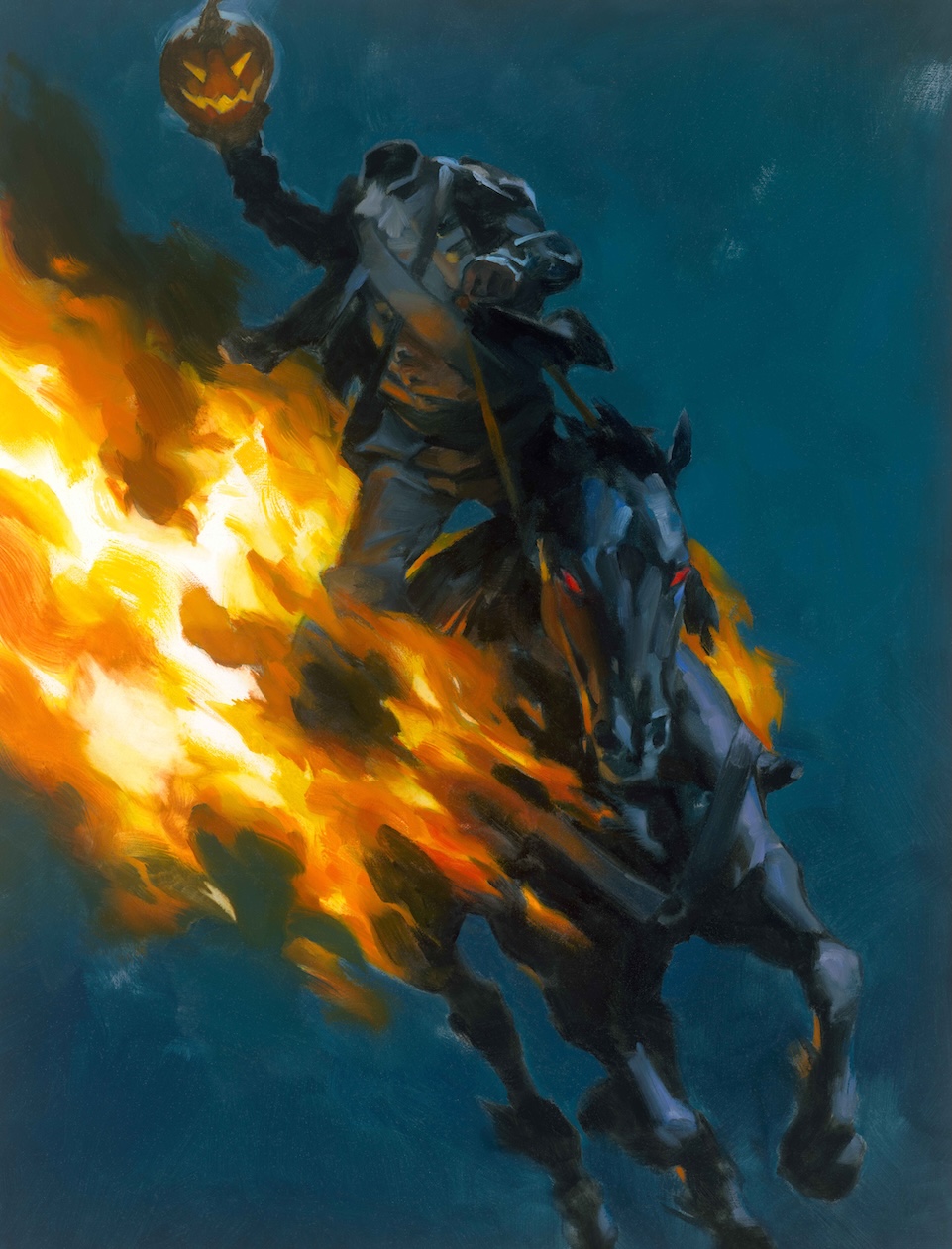
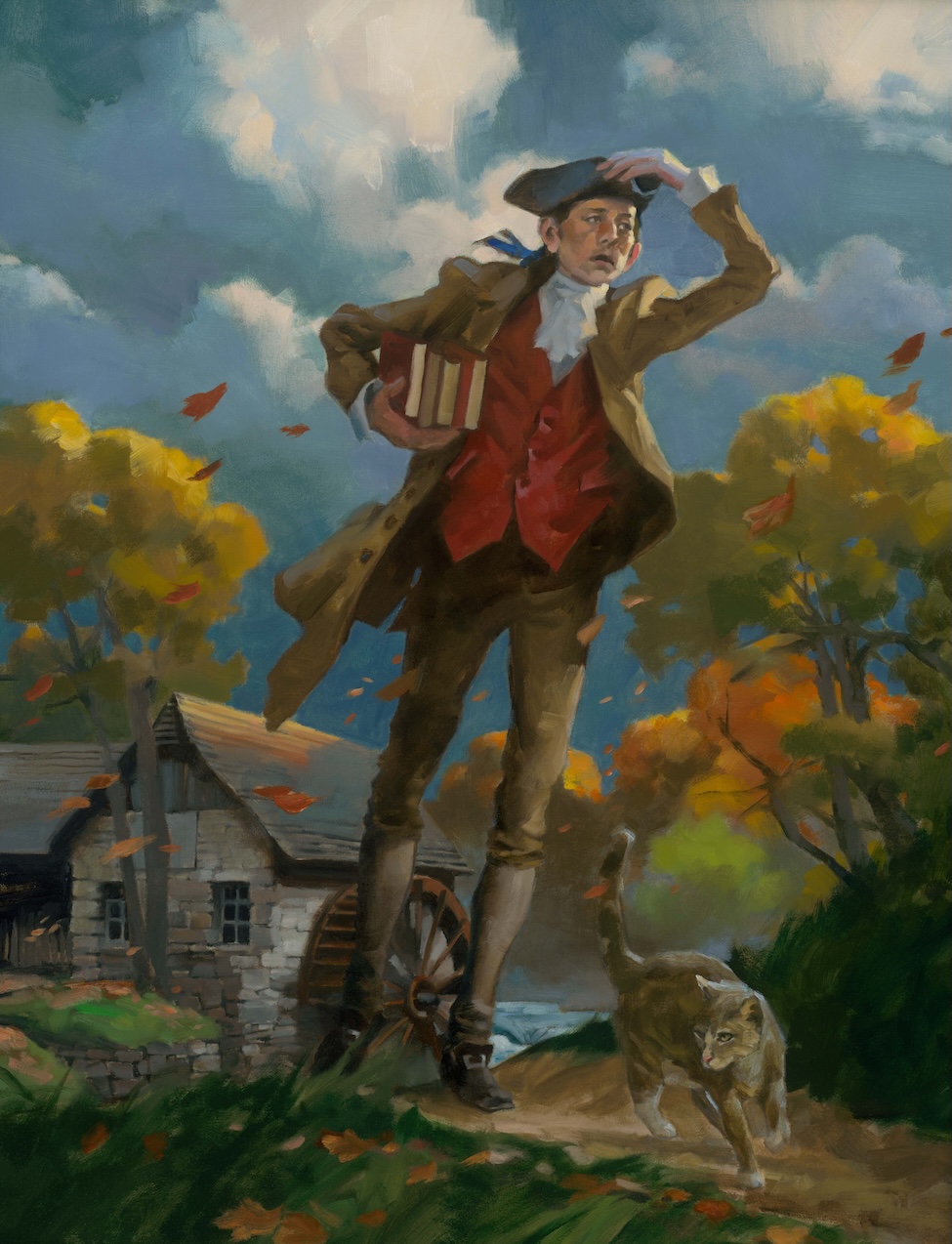
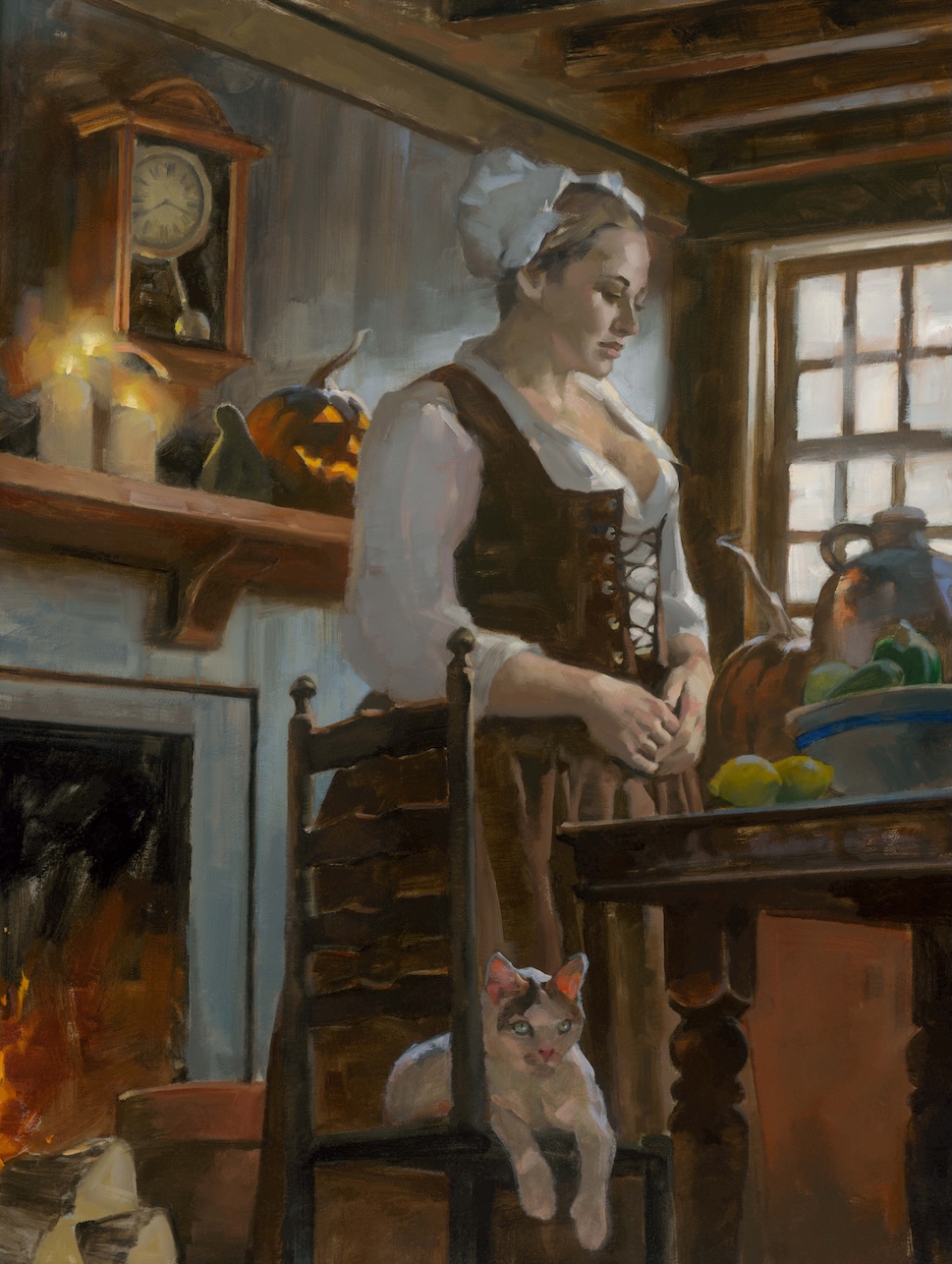
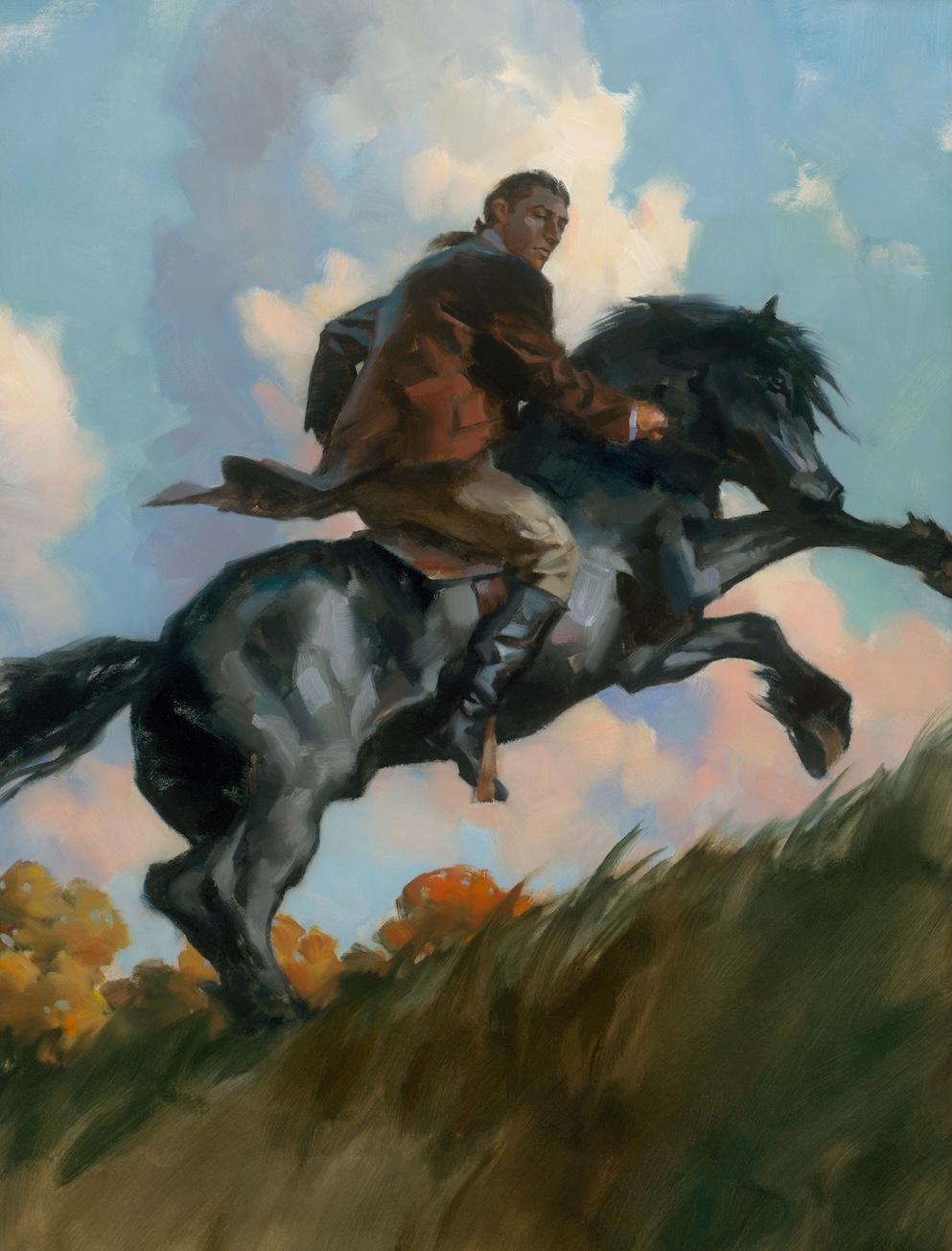
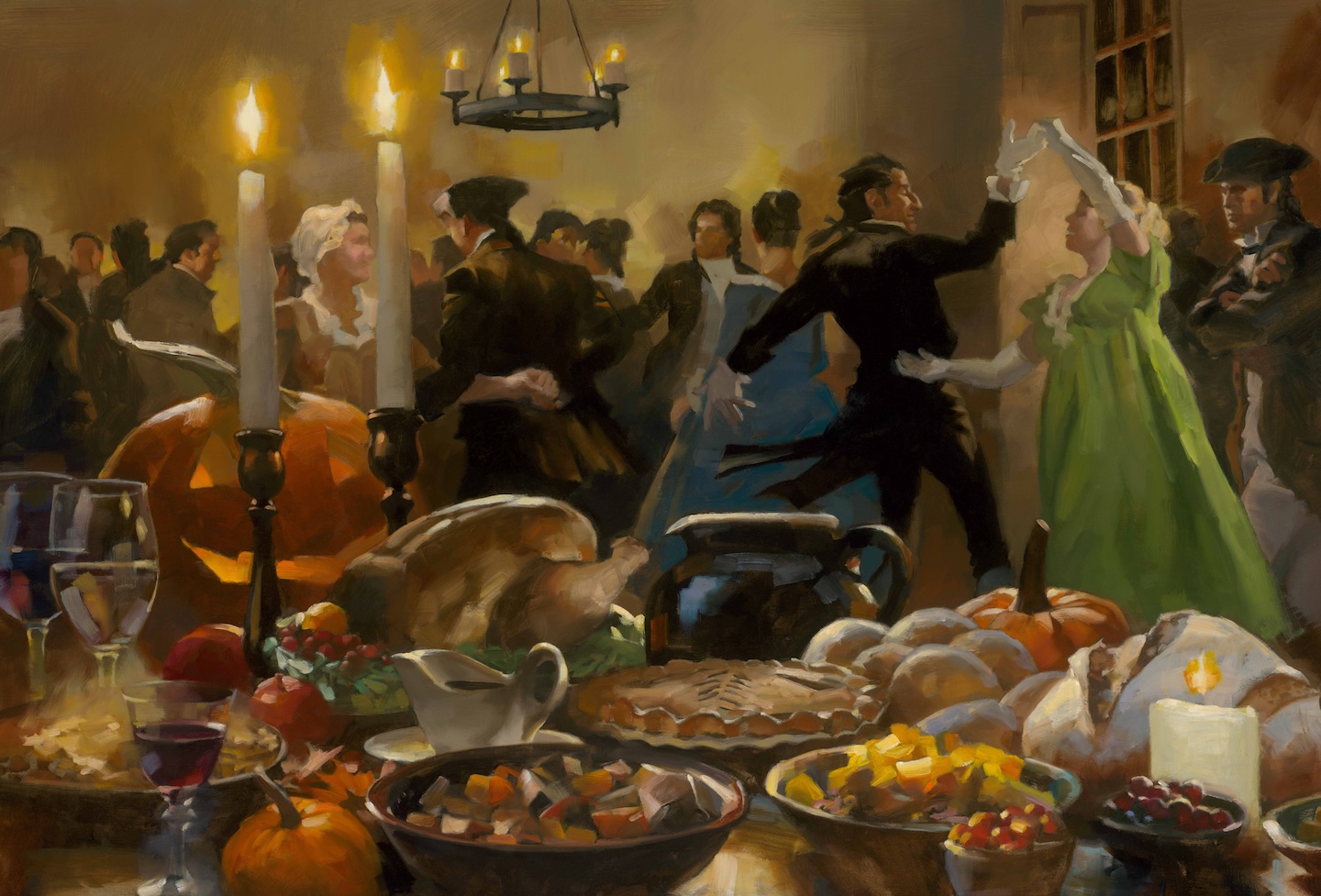
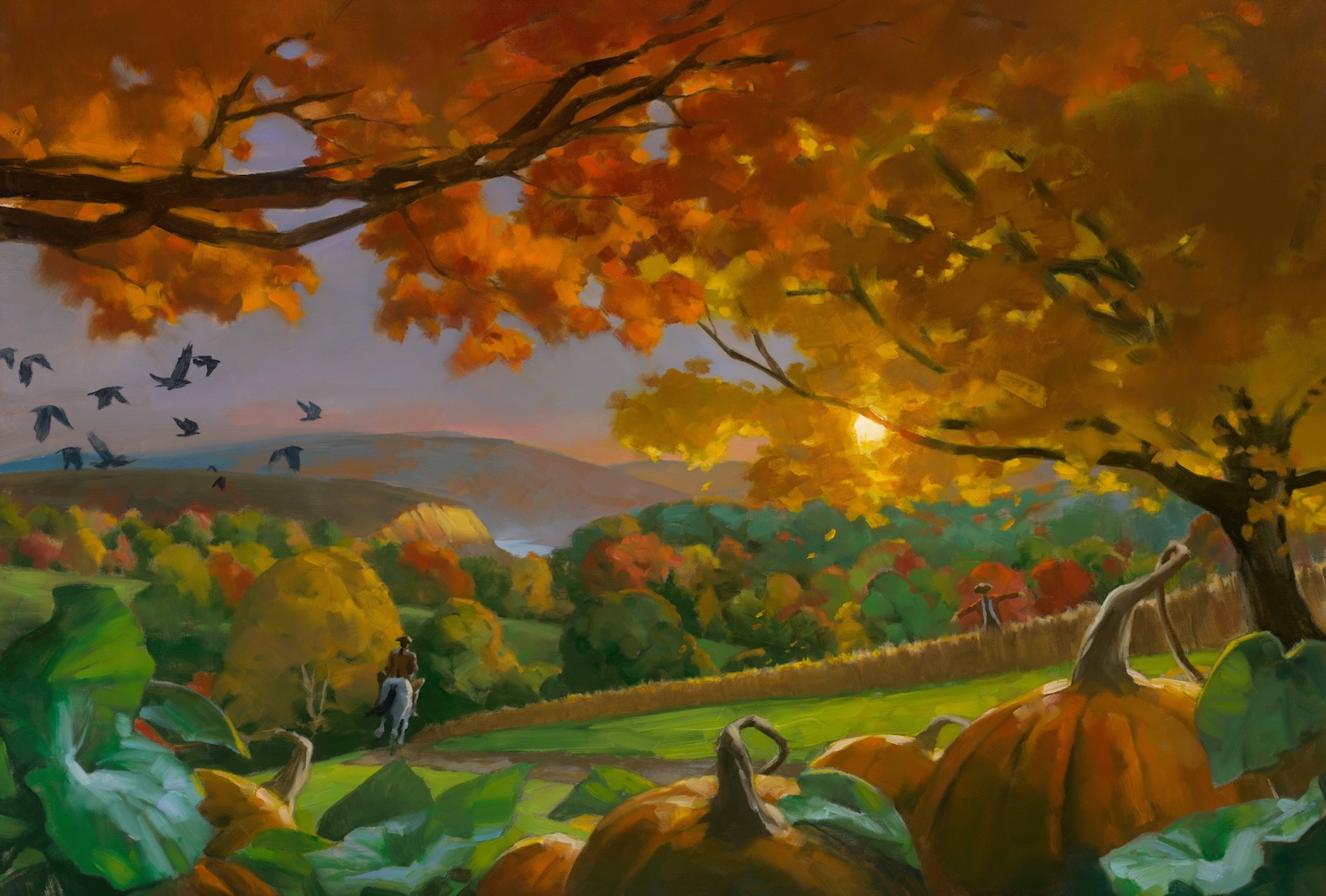
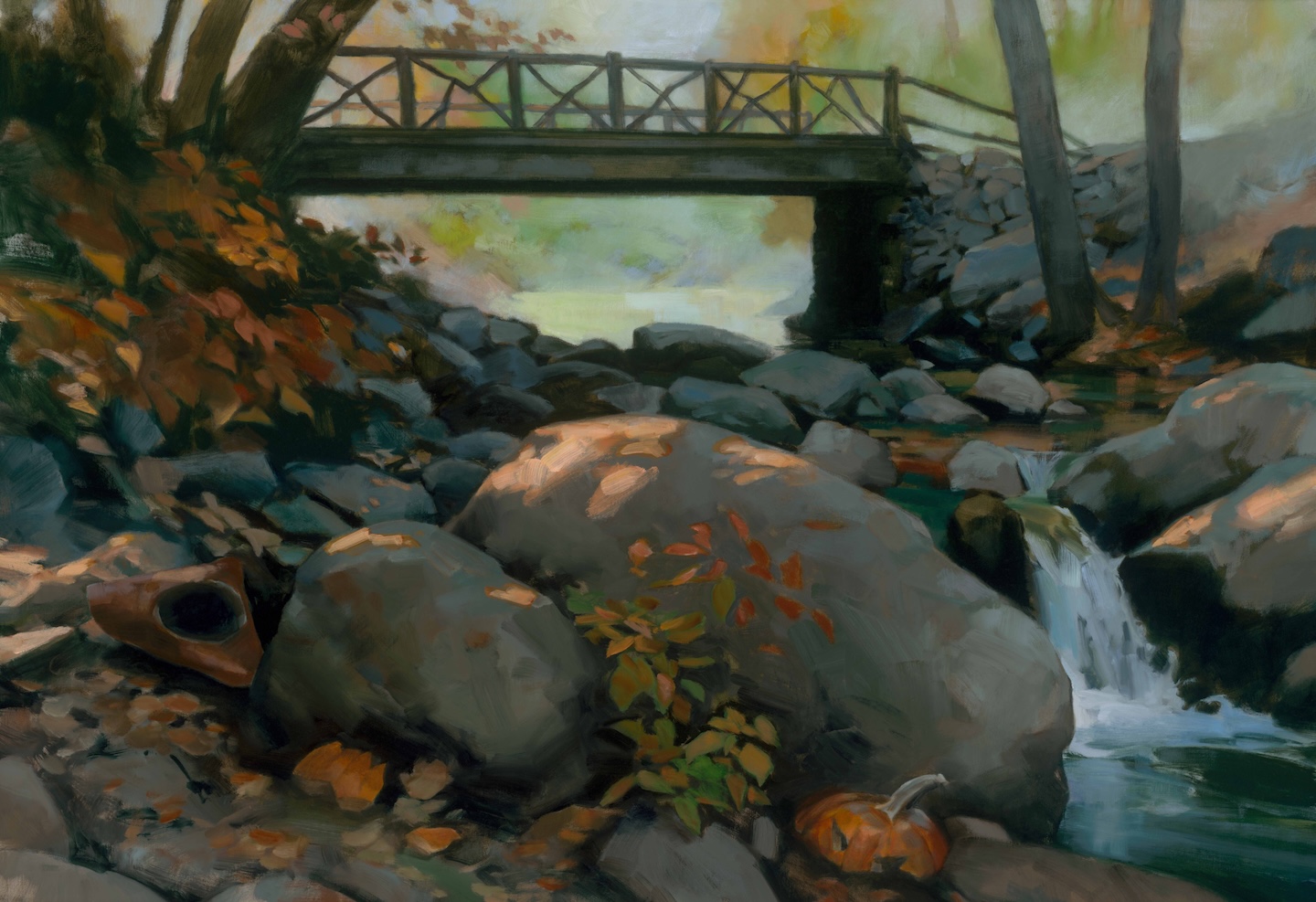
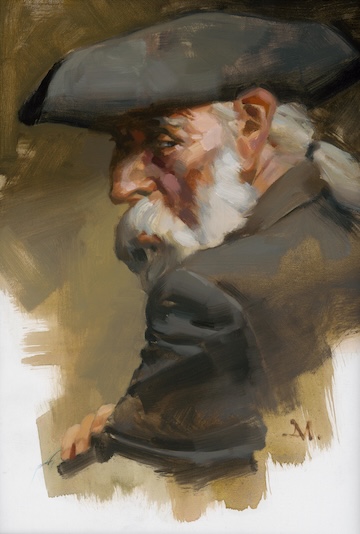
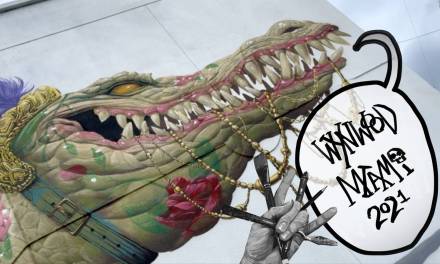
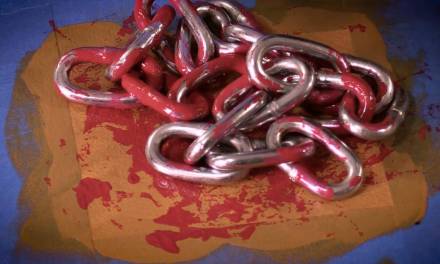
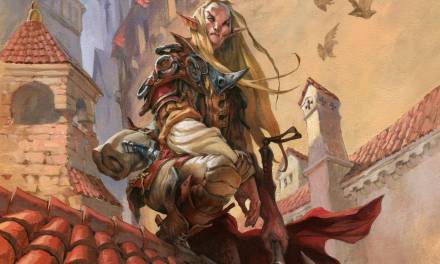
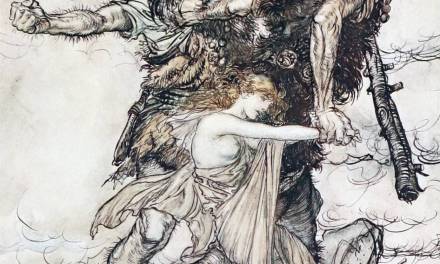
ᴄᴀꜱʜ ᴇᴀʀɴɪɴɢ ᴊᴏʙ ᴛᴏ ᴇᴀʀɴꜱ ᴍᴏʀᴇ ᴛʜᴀɴ $700 ᴘᴇʀ ᴅᴀʏ. ɢᴇᴛᴛɪɴɢ ᴘᴀɪᴅ ᴡᴇᴇᴋʟʏ ᴍᴏʀᴇ ᴛʜᴀɴ $3500 ᴏʀ ᴍᴏʀᴇ ꜱɪᴍᴘʟʏ ᴅᴏɪɴɢ ᴇᴀꜱʏ ᴡᴏʀᴋ ᴏɴʟɪɴᴇ. ɴᴏ ꜱᴘᴇᴄɪᴀʟ ꜱᴋɪʟʟꜱ ʀᴇQᴜɪʀᴇᴅ ꜰᴏʀ ᴛʜɪꜱ ᴊᴏʙ ᴀɴᴅ ʀᴇɢᴜʟᴀʀ ᴇᴀʀɴɪɴɢ ꜰʀᴏᴍ ᴛʜɪꜱ ᴀʀᴇ ᴊᴜꜱᴛ ᴀᴡᴇꜱᴏᴍᴇ. ᴀʟʟ ʏᴏᴜ ɴᴇᴇᴅ ɪꜱ 2 ʜʀꜱ ᴀ ᴅᴀʏ ꜰᴏʀ ᴛʜɪꜱ ᴊᴏʙ ᴀɴᴅ ᴇᴀʀɴɪɴɢ ᴀʀᴇ ᴀᴡᴇꜱᴏᴍᴇ. ᴇᴠᴇʀʏ ᴘᴇʀꜱᴏɴ ᴄᴀɴ ɢᴇᴛ ᴛʜɪꜱ ʙʏ ꜰᴏʟʟᴏᴡ ᴅᴇᴛᴀɪʟꜱ ʜᴇʀᴇ…
.
ᴍᴏʀᴇ ᴅᴇᴛᴀɪʟꜱ ꜰᴏʀ ᴜꜱ —————————➤ Cash43.Com
l Get paid over $110 per hour working from home. l never thought I’d be able to do it but my buddy makes over $22150 a month doing this and she convinced me to try. The possibility with this is endless….
Copy This ____________ EarnApp1.Com
ʜᴏᴍᴇ ᴄᴀꜱʜ ᴇᴀʀɴɪɴɢ ᴊᴏʙ ᴛᴏ ᴇᴀʀɴꜱ ᴍᴏʀᴇ ᴛʜᴀɴ $500 ᴘᴇʀ ᴅᴀʏ. ɢᴇᴛᴛɪɴɢ ᴘᴀɪᴅ ᴡᴇᴇᴋʟʏ ᴍᴏʀᴇ ᴛʜᴀɴ $4.5ᴋ ᴏʀ ᴍᴏʀᴇ ꜱɪᴍᴘʟʏ ᴅᴏɪɴɢ ᴇᴀꜱʏ ᴡᴏʀᴋ ᴏɴʟɪɴᴇ. ɴᴏ ꜱᴘᴇᴄɪᴀʟ ꜱᴋɪʟʟꜱ ʀᴇQᴜɪʀᴇᴅ ꜰᴏʀ ᴛʜɪꜱ ᴊᴏʙ ᴀɴᴅ ʀᴇɢᴜʟᴀʀ ᴇᴀʀɴɪɴɢ ꜰʀᴏᴍ ᴛʜɪꜱ ᴀʀᴇ ᴊᴜꜱᴛ ᴀᴡᴇꜱᴏᴍᴇ. ᴀʟʟ ʏᴏᴜ ɴᴇᴇᴅ ɪꜱ 2 ʜʀꜱ ᴀ ᴅᴀʏ ꜰᴏʀ ᴛʜɪꜱ ᴊᴏʙ ᴀɴᴅ ᴇᴀʀɴɪɴɢ ᴀʀᴇ ᴀᴡᴇꜱᴏᴍᴇ. ᴇᴠᴇʀʏ ᴘᴇʀꜱᴏɴ ᴄᴀɴ ɢᴇᴛ ᴛʜɪꜱ ʙʏ ꜰᴏʟʟᴏᴡ ᴅᴇᴛᴀɪʟꜱ ʜᴇʀᴇ.
ᴍᴏʀᴇ ᴅᴇᴛᴀɪʟꜱ ꜰᴏʀ ᴜꜱ ————————- Payathome9.Com
Thank you for sharing these Illustrations (capital “I”) with us, Greg! Now, I have to go re-read the legend. What a perfect way to enter Halloween–past, present, and future!
Outstanding!!!
Thanks, all! I just love the whole mood of the Halloween season…it’s a creative crucible for Autumn lovers, and Sleepy Hollow sets the spirit of it.
F8BET là nền tảng giải trí trực tuyến, tổng hợp đầy đủ các trò chơi cá cược đổi thưởng hot trên thị trường như thể thao, bắn cá, quay hũ, tài xỉu,…với tỷ lệ thưởng cực cao và nhiều ưu đãi hấp dẫn.
Hi Mr. Manchess,
I was wondering if any of your Sleepy Hallow paintings will be for sale. I’ve been fascinated with the Headless Horseman for 35 years and your paintings takes me back to my childhood when I heard my teacher tell this story and watching the Disney cartoon. Thank you so much for your time! Can’t wait to see all your paintings.
Gregory Manchess really brings Sleepy Hollow to life. You can feel his passion and love for the story, and his illustrations make the legend feel fresh and alive.
Start making extra money weekly. This is often a valuable part time job for everybody . The simplest part ,work from the comfort of your house and obtain paid from $10k-$20k hebdomadally. Start today and have your first cash at the top of the week……………Www.big.money63.com
ᴄᴀꜱʜ ᴇᴀʀɴɪɴɢ ᴊᴏʙ ᴛᴏ ᴇᴀʀɴꜱ ᴍᴏʀᴇ ᴛʜᴀɴ $700 ᴘᴇʀ ᴅᴀʏ. ɢᴇᴛᴛɪɴɢ ᴘᴀɪᴅ ᴡᴇᴇᴋʟʏ ᴍᴏʀᴇ ᴛʜᴀɴ $3500 ᴏʀ ᴍᴏʀᴇ ꜱɪᴍᴘʟʏ ᴅᴏɪɴɢ ᴇᴀꜱʏ ᴡᴏʀᴋ ᴏɴʟɪɴᴇ. ɴᴏ ꜱᴘᴇᴄɪᴀʟ ꜱᴋɪʟʟꜱ ʀᴇQᴜɪʀᴇᴅ ꜰᴏʀ ᴛʜɪꜱ ᴊᴏʙ ᴀɴᴅ ʀᴇɢᴜʟᴀʀ ᴇᴀʀɴɪɴɢ ꜰʀᴏᴍ ᴛʜɪꜱ ᴀʀᴇ ᴊᴜꜱᴛ ᴀᴡᴇꜱᴏᴍᴇ. ᴀʟʟ ʏᴏᴜ ɴᴇᴇᴅ ɪꜱ 2 ʜʀꜱ ᴀ ᴅᴀʏ ꜰᴏʀ ᴛʜɪꜱ ᴊᴏʙ ᴀɴᴅ ᴇᴀʀɴɪɴɢ ᴀʀᴇ ᴀᴡᴇꜱᴏᴍᴇ. ᴇᴠᴇʀʏ ᴘᴇʀꜱᴏɴ ᴄᴀɴ ɢᴇᴛ ᴛʜɪꜱ ʙʏ ꜰᴏʟʟᴏᴡ ᴅᴇᴛᴀɪʟꜱ ʜᴇʀᴇ…
.
ᴍᴏʀᴇ ᴅᴇᴛᴀɪʟꜱ ꜰᴏʀ ᴜꜱ ————————➤ job40.media
Love your work. What an amazing edition. Wondering if there are physical stores that will carry it ?
Great post! I learned a lot from your explanations. Thanks for sharing!
l Get paid over $110 per hour working from home. l never thought I’d be able to do it but my buddy makes over $22150 a month doing this and she convinced me to try. The possibility with this is endless….
Copy This ____________ Work27.Online